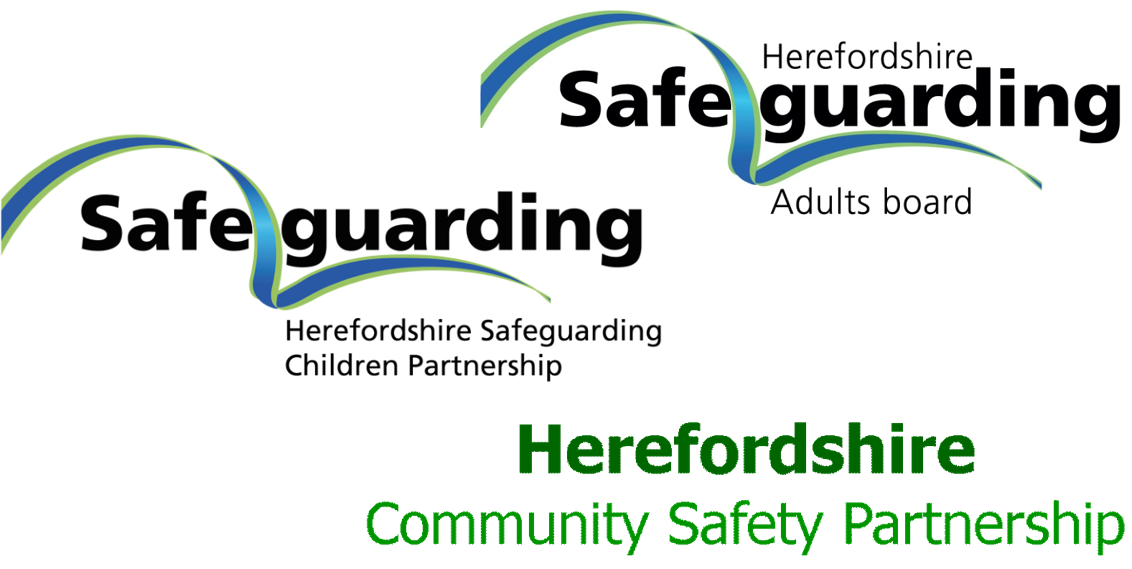Child Abuse and Neglect
Abuse and neglect are forms of child maltreatment. Somebody may abuse or neglect a child by inflicting harm, or by failing to act to prevent harm. Children may be abused in a family or in an institutional or community setting, by those known to them or, more rarely, by a stranger for example, via the internet. They may be abused by adults, or other children.
Anyone working with children or young people needs to be able to recognise child abuse. The signs of abuse identified by the NSPCC include:
- Becoming withdrawn or appearing anxious, clingy or depressed
- Having angry outbursts or behaving aggressively towards others
- Self-harming or having thoughts about suicide
- Showing changes in eating habits or developing eating disorders
- Regularly experiencing nightmares or sleep problems
- Regularly wetting the bed or soiling their clothes
- Running away or regularly going missing from home or care
- Not receiving adequate medical attention after injuries
This fact sheet from the NSPCC has more information about the signs and definition of child abuse.
I am a child or young person
Abuse can mean a lot of different things. It can include neglect, physical abuse, emotional abuse and sexual abuse. Abuse could happen at home, at school, at a club, online or on the street. You have the right to be safe in every place and Adults have a responsibility to make sure you are kept safe.
If you are a child or young person worried or scared and you are not sure it’s abuse, it is important to talk to someone you can trust. Telling an adult you trust about what is going on is the first step to getting the problem to stop. You don’t have to cope alone.
Can you talk to your parents or carers, a trusted teacher? You can also call Childline at any time on 0800 1111 or click to go to the Childline website. Childline is free and they are there to help you. You can chat by phone or by email. They have a video which explains what happens when you contact them and a lot of good advice about how to keep safe.
This Guide to Keeping Children Safe was written for children and young people, to explain what grown-ups should be doing to protect you from harm.
Categories of Abuse & Neglect
There are different types of abuse. The main categories used by safeguarding professionals are Physical Abuse, Emotional Abuse, Sexual Abuse, and Neglect.
Physical abuse may involve:
- hitting
- shaking
- throwing
- poisoning
- burning or scalding
- drowning
- suffocating
- or otherwise causing physical harm to a child.
Physical harm may also be caused when a parent or carer fabricates the symptoms of, or deliberately induces, illness in a child.
Emotional abuse is the persistent maltreatment of a child where it causes severe and persistent adverse effects on the child’s emotional development. It may involve:
- Conveying to children that they are worthless or unloved, or inadequate.
- Not giving the child opportunities to express their views, deliberately silencing them or “making fun” of what they say or how they communicate.
- Age or developmentally inappropriate expectations being imposed on children. These may include interactions that are beyond the child’s developmental capability, as well as over protection and limitation of exploration and learning, or preventing the child participating in normal social interaction.
- Seeing or hearing the ill-treatment of another, for examples being exposed to domestic abuse.
- Serious bullying (including cyber bullying), causing children to frequently feel frightened or in danger, or the exploitation or corruption of children.
Some level of emotional abuse is involved in all types of maltreatment of a child, though it may also occur alone.
Sexual abuse involves forcing or enticing a child or young person to take part in sexual activities, whether or not the child is aware of what is happening.
Sexual abuse does not necessarily involve a level of violence. The activities may involve physical contact, including assault by penetration or non-penetrative sexual acts.
They may also include non-contact activities, such as involving children in looking at, or the production of, sexual images, watching sexual activities, encouraging children to behave in sexually inappropriate ways, or grooming a child in preparation for abuse (including via the internet).
Both men and women have been found to commit sexual abuse, and children can also be abused by other children.
Neglect is the persistent failure to meet a child’s basic physical and/or psychological needs, likely to result in the serious impairment of the child’s health or development. Neglect may occur during pregnancy as a result of maternal substance abuse. Once a child is born, neglect may involve a parent or carer failing to:
- Provide adequate food, clothing and shelter (including exclusion from home or abandonment).
- Protect a child from physical and emotional harm or danger.
- Ensure adequate supervision (including the use of inadequate care-givers).
- Ensure access to appropriate medical care or treatment.
It may also include neglect of, or unresponsiveness to a child’s basic emotional needs.
If you are concerned about a child
If you think that a child or young person is being abused or neglected, contact the Herefordshire MASH by using the details in the Concerned about a Child button at the top of this page.
If you are concerned about a child’s immediate safety, dial 999.
